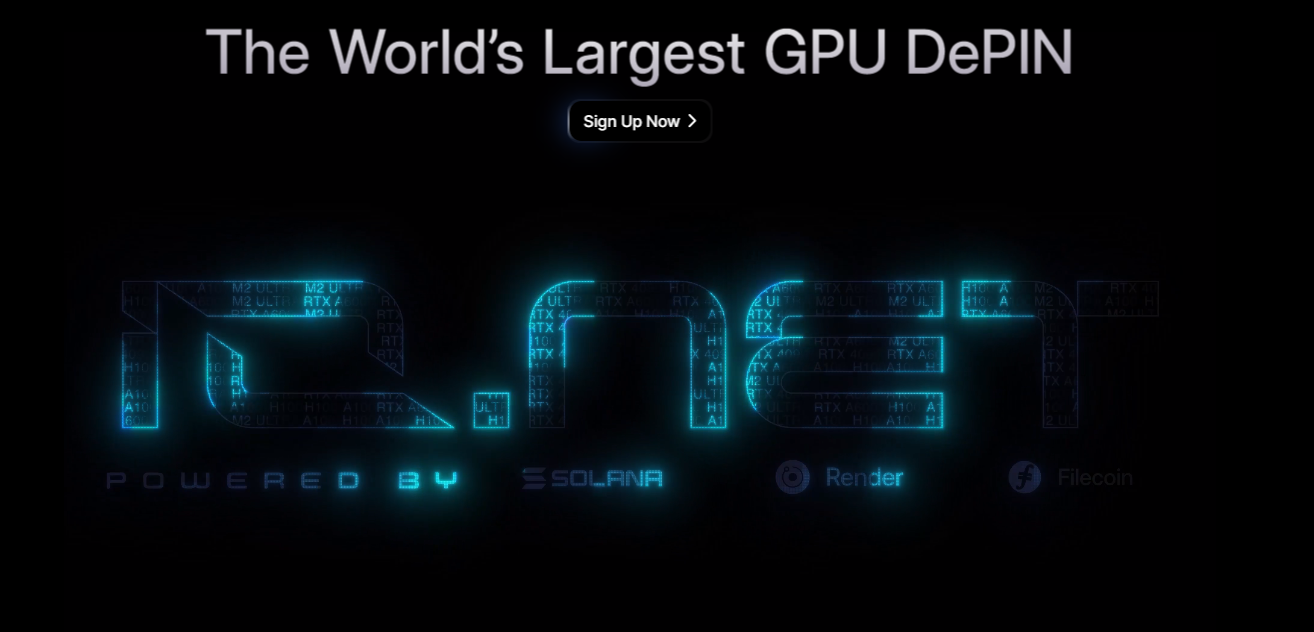
io.net, a provider of decentralized cloud services, announced a partnership with the Filecoin network. This collaboration provides Filecoin Storage Providers with new opportunities to apply their hardware resources to a wider range of applications, potentially leading to an increase in their hardware investment returns.
The collaboration is structured to allow Filecoin's network participants to contribute GPU resources to io.net. This integration is expected to enhance the efficiency of their existing infrastructure and introduce the potential for involvement in machine learning projects and other advanced technological applications.

io.net has commenced the process of incorporating Filecoin Storage Providers into its ecosystem, with an initial count of 1,500 GPUs already operational within its larger network of over 17,000 GPUs.
The partnership between io.net and Filecoin has been growing, with initiatives aimed at broadening the operational scope for Storage Providers within the Filecoin network. The CEO of io.net introduced the collaborative efforts to the Filecoin community earlier in the year, with follow-up presentations and sponsorships at Filecoin community events.
The CEO of io.net has expressed a commitment to the partnership, highlighting joint efforts to address the demand for GPU resources. The initiative is described as an approach to expand the operational scope of Filecoin Storage Providers and to support the growth of the decentralized data economy.
Jonathan Victor, Ecosystem Lead at Protocol Labs, recognized the importance of the collaborative effort, pointing to its role in fostering innovative solutions within the decentralized data storage and computing industry. He noted the natural synergy between creating data sets in proximity to storage hardware and the mutual benefits it brings to both parties involved.
io.net aims to resolve the shortage of GPU resources for commercial use by pooling together GPUs from various sources into a single accessible platform, providing a range of options for computational needs.
 Dan Burgin
Dan Burgin Vladislav Sopov
Vladislav Sopov U.Today Editorial Team
U.Today Editorial Team